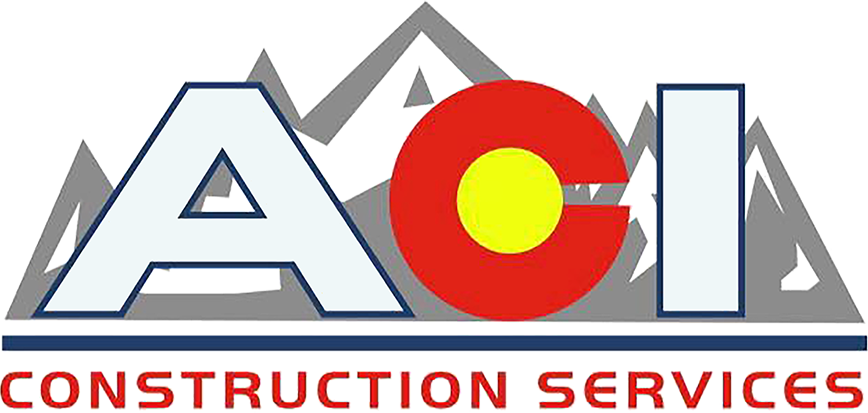
Steel Building Types and Applications
In the construction industry, steel buildings are making a significant impact due to their durability, versatility, and cost-effectiveness. They cater to a wide array of applications, from commercial and industrial structures to residential homes and agricultural facilities. However, it's crucial to understand that not all steel buildings are the same. There are several methods of steel building construction, each with unique advantages and ideal applications. This guide will delve into these different methods, helping you choose the perfect one for your needs.
Clear-Span Steel Buildings
Clear-span steel buildings are a popular choice in the construction industry. Their design is characterized by wide, open spaces without any interior columns or supports. This is made possible by the strength and flexibility of steel.
Clear-Span building key points:
They offer wide, open spaces without any interior columns or supports.
The strength and flexibility of steel make this design possible.
They are ideal for warehouses, aircraft hangars, and sports facilities, where unobstructed interior space is essential.
Multi-Span Steel Buildings
Multi-span steel buildings, also known as column-and-beam structures, are another common type of steel building. They use interior columns to support the roof and walls, allowing for larger buildings.
Multi-span building key points:
They are also known as column-and-beam structures.
They use interior columns to support the roof and walls.
They are ideal for larger buildings like industrial facilities, large storage buildings, and retail spaces.
Interior columns can be strategically placed to accommodate specific layout requirements.
Modular Steel Buildings
Modular steel buildings are a modern approach to construction. They are constructed off-site in sections, or modules, and then assembled on-site, offering significant time and cost savings.
Modular building key points:
They are constructed off-site in sections, or modules, and then assembled on-site.
They offer significant time and cost savings.
They are ideal for offices, schools, and healthcare facilities, where speed of construction and minimal site disruption are important.
Light Gauge Steel Buildings
Light gauge steel buildings are a versatile option for construction. They use thin sheets of steel that are bent into shape to form the structural elements. This method is typically used for residential and small commercial buildings.
Light gauge steel building key points:
They use thin sheets of steel that are bent into shape to form the structural elements.
They are typically used for residential and small commercial buildings.
They offer an excellent strength-to-weight ratio and allow for quick and easy construction.
Pre-Engineered Steel Buildings
Pre-engineered steel buildings are a popular choice for many construction projects. They are designed and fabricated off-site, then assembled on-site, allowing for a high degree of customization and precision.
Pre-engineered building key points:
They are designed and fabricated off-site, then assembled on-site.
They allow for a high degree of customization and precision.
They are ideal for a wide range of applications, including commercial, industrial, and agricultural uses.
Conclusion
Choosing the right steel building method depends on several factors, including the intended use of the building, the size and layout requirements, the project timeline, and the budget. By understanding the different methods and their advantages, you can make an informed decision that meets your specific needs. No matter which method you choose, steel buildings offer unparalleled strength, durability, and flexibility, making them an excellent choice for virtually any construction project.

